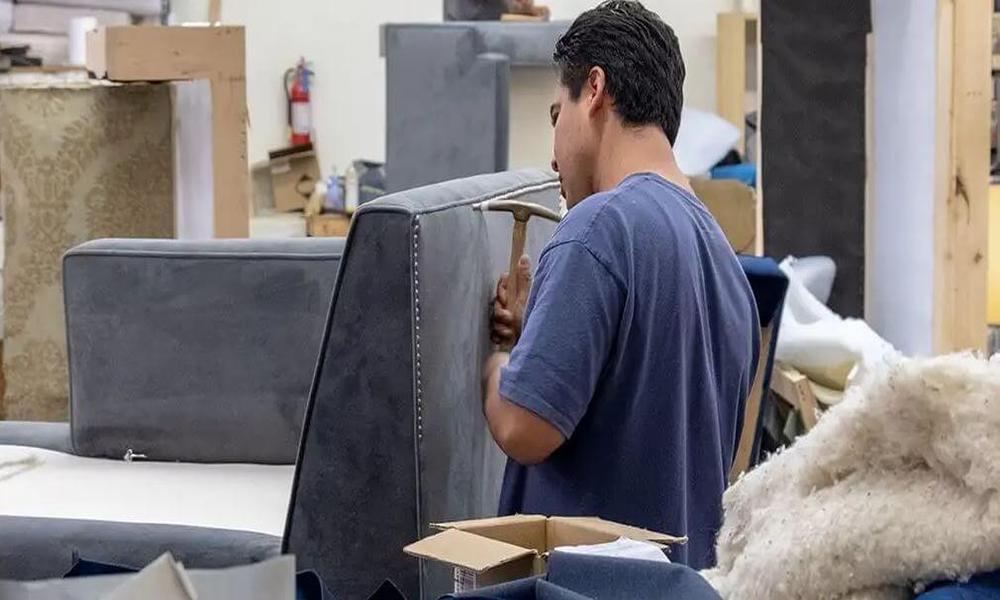Foam filling refers to the material that is used to fill cushions, mattresses, and other upholstered items. Foam filling can come in different densities and firmness levels, and is often made of materials like polyurethane foam or memory foam.
Foam filling is a popular choice for furniture and other items because it provides comfort and support, and can be shaped to fit a variety of different designs and styles. Foam filling can also be relatively durable and long-lasting, especially when cared for properly. Choosing the right type of foam filling for your furniture is important to ensure comfort and longevity. Here are some factors to consider when selecting foam filling:
Density and Firmness:
Foam density is measured in pounds per cubic foot and refers to the amount of material per unit of volume. Higher-density foam is more durable and supportive, making it ideal for furniture that will be used frequently. Lower-density foam is softer and more comfortable but may not last as long. Foam firmness refers to how much weight it takes to compress the foam by a certain percentage. Firmness is measured in ILD (Indentation Load Deflection) or IFD (Indentation Force Deflection). A higher ILD or IFD indicates firmer foam. Choose a firmness level that provides the right amount of support and comfort for your intended use.
Resilience and Compression set:
Foam resilience refers to its ability to bounce back after being compressed. Higher resilience foam will retain its shape longer and resist sagging and deformation over time. The foam compression set refers to how much the foam will permanently deform after being compressed. Lower compression set foam will retain its shape better over time.
Open cell vs. closed cell:
Foam cells can either be open or closed. Open cell foam is softer and more breathable but may break down faster. Closed-cell foam is more durable and resistant to water but may be less comfortable.
By considering these factors, you can choose the right type of foam filling for your furniture that provides the right balance of comfort, durability, and support.
How do you extend the lifespan of your foam-filling things?
Regularly rotating and flipping your cushions can help prevent uneven wear and tear, extending the life of the foam filling. Exposure to direct sunlight can cause the foam to break down faster. Try to keep your furniture out of direct sunlight or use window coverings to reduce exposure.
Using a furniture protector can help prevent spills and stains from damaging your foam filling. It can also reduce exposure to dust and dirt, which can break down foam over time. Regularly cleaning your furniture can help prevent the buildup of dirt and debris, which can cause the foam to break down faster. Use a vacuum cleaner or brush attachment to remove dirt and dust from the surface of the foam filling.
Investing in high-quality foam filling can help extend the lifespan of your furniture. The high-quality foam is more durable and resistant to wear and tear and can provide better support and comfort. Overloading your furniture can put extra stress on the foam filling, causing it to break down faster. Follow weight limits and avoid standing or jumping on furniture to prevent damage to the foam.

